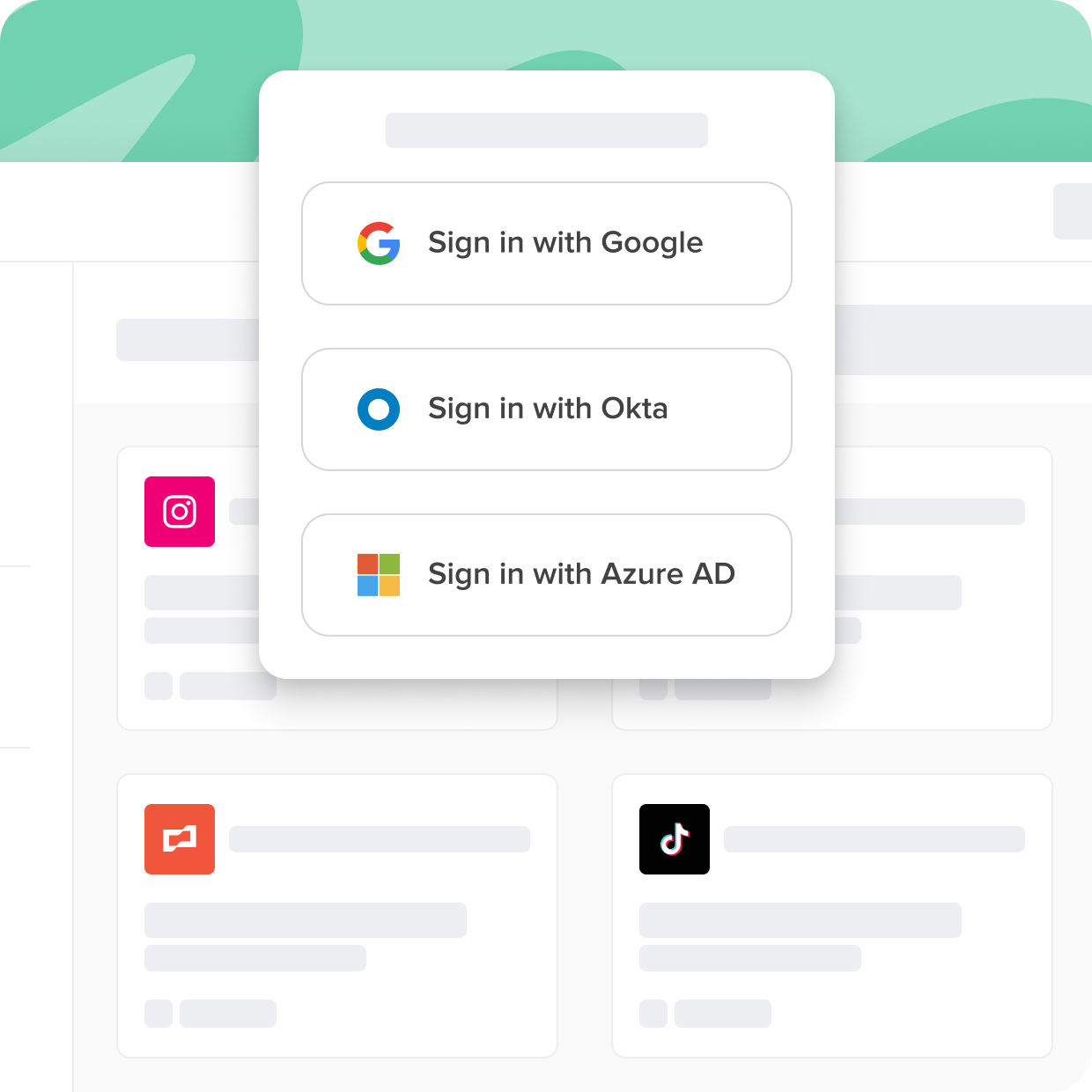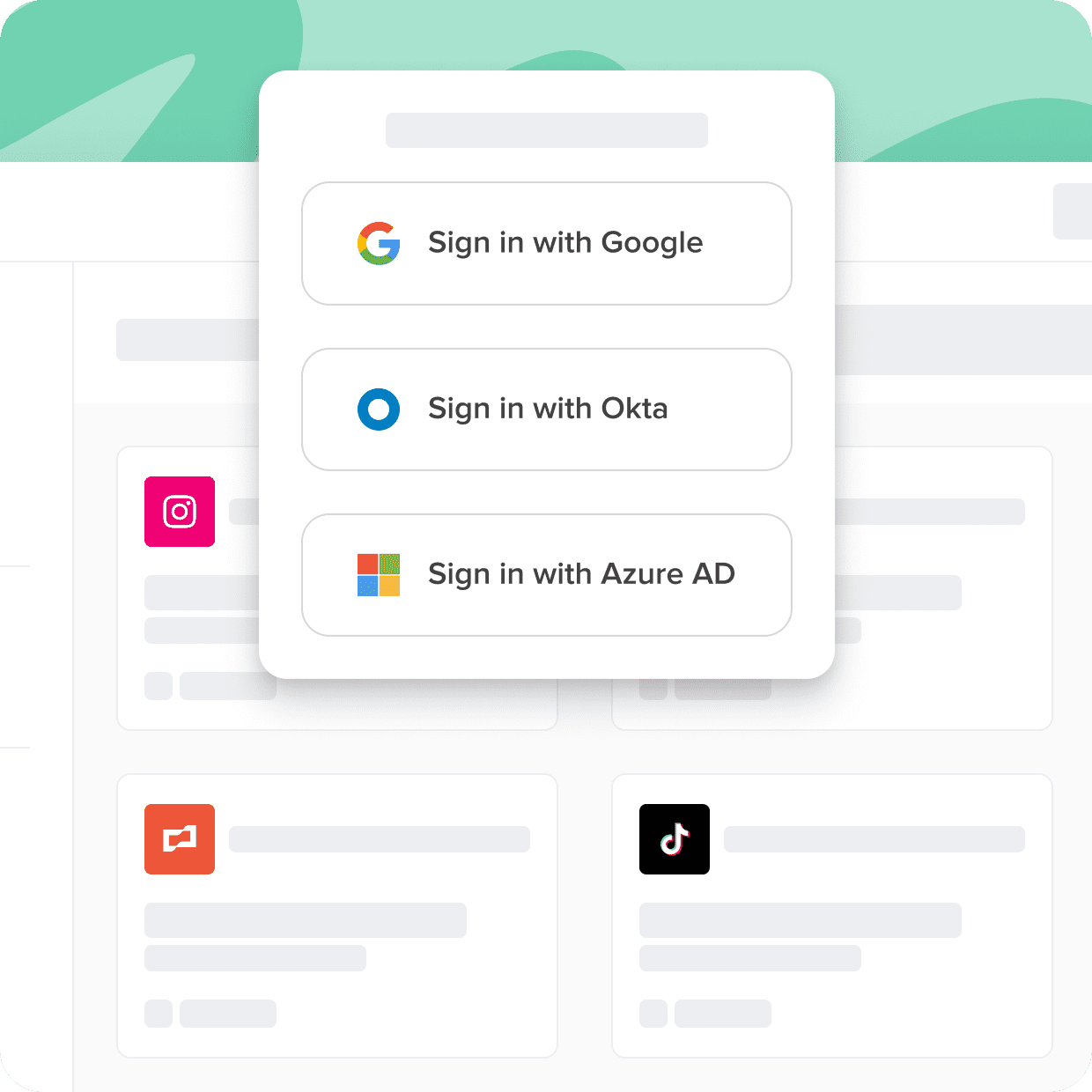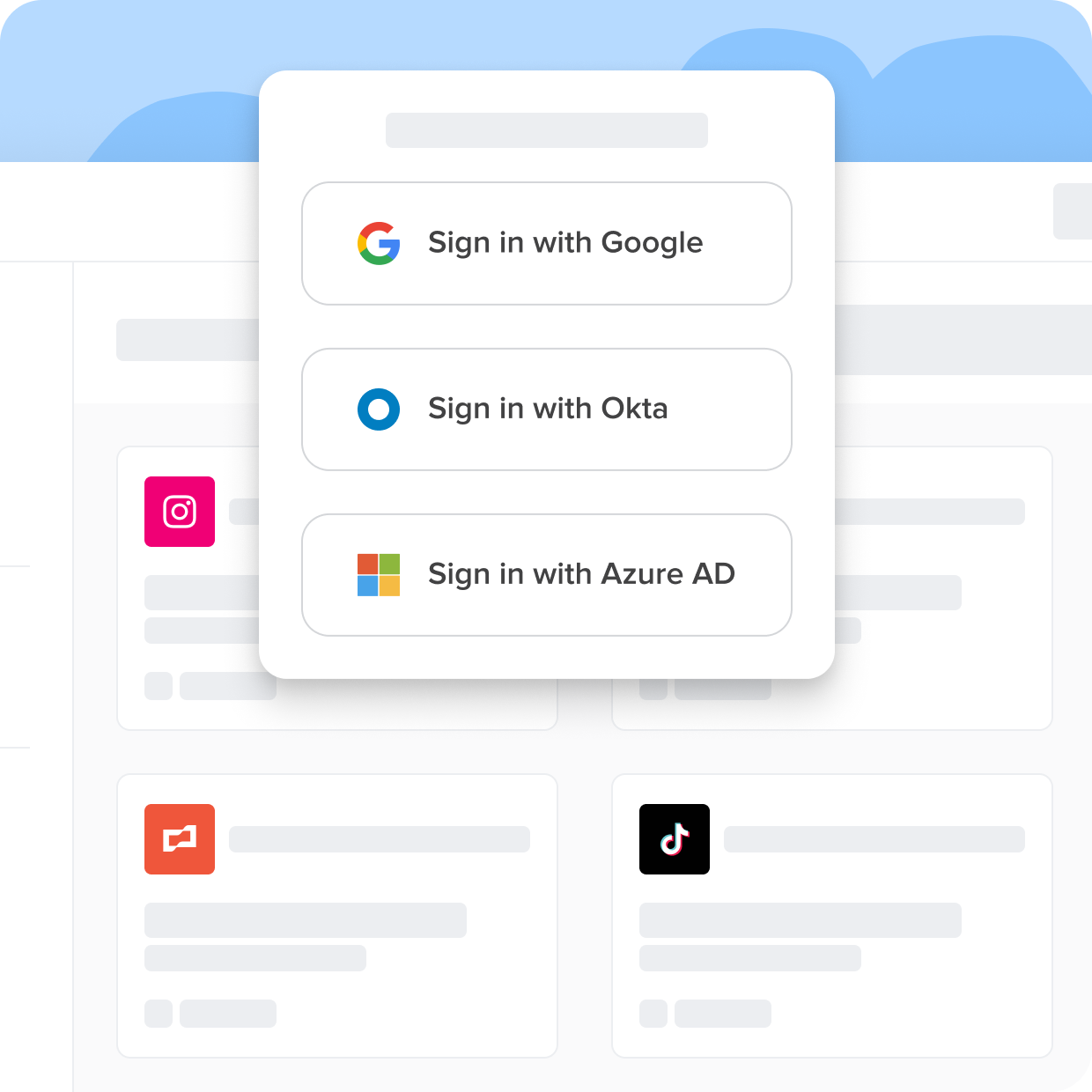Identity and access management (IAM) solutions ensure the security and compliance of digital infrastructure. In today's increasingly connected world, organizations are tasked with managing and controlling the access of numerous users within their systems—this is where identity and access management solutions come into play. By implementing a robust IAM framework, businesses can maintain the integrity of their systems and protect sensitive data.
Unfortunately, many corporate applications don't support the SSO standard and can't reap all the benefits. The applications that fall into this category are best called "nonfederated." Nonfederated applications are a new category that is becoming increasingly challenging for businesses to manage and secure effectively, yet increasingly critical for businesses to succeed.
Cerby connects all your apps to your SSO tools, even if they don't support the SSO standard. In this guide, you'll learn about different SSO tools, the challenges, and the players.
Streamline Access With Single Sign-On
Not all apps are created equal. Some come with security gaps and complexities that can hinder user adoption and put sensitive data at risk. With Cerby, you can ensure secure and seamless access to all your applications, regardless of their support for standards like SSO.
With Cerby You Can
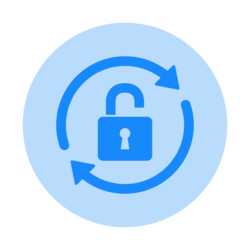
Close the identity gap
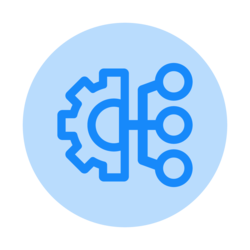
Universally enforce 2FA
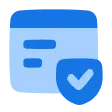
Eliminate the SSO tax
Identity And Access Management Solutions
Identity and access management (IAM) solutions ensure the security and compliance of digital infrastructure. In today's increasingly connected world, organizations are tasked with managing and controlling the access of numerous users within their systems—this is where identity and access management solutions come into play. By implementing a robust IAM framework, businesses can maintain the integrity of their systems and protect sensitive data.
But what is access management? Access management is the process by which organizations control who can access specific resources or systems. This typically involves establishing and enforcing policies that determine the level of access granted to users based on their respective roles. Access management ensures users can only access the information necessary to perform their job duties.
A user management system is an integral component of IAM. These systems are designed for managing user accounts and help in defining user roles and permissions. With a well-designed user management system, businesses can streamline their user onboarding and offboarding processes and minimize the risk of unauthorized access.
To better understand IAM, it’s important to view identity management system examples. One such example is Single Sign-On (SSO). SSO enables users to access multiple applications and systems with a single set of credentials, improving user experience and reducing the need to remember multiple passwords. Centralizing authentication via SSO is a convenient way to simplify user access management and enhance security through stronger policies.
Another good example is privileged access management (PAM). PAM focuses on managing and monitoring the access of users with elevated privileges—for instance, administrators and IT staff. PAM allows companies to enforce the principle of least privilege, where users are granted only the minimum level of access necessary. PAM also provides audit trails and real-time monitoring of privileged user activities, helping organizations detect and prevent malicious activity.
Access Control Solutions
IAM solutions offer a host of benefits to organizations. These range from improved security and streamlined user management to better regulatory compliance. One of the most significant advantages of identity management tools is the enhanced security they provide. Access control solutions are pivotal in preventing unauthorized access to an organization's systems and data.
By defining strict access policies and rules, businesses can limit the number of users who can access sensitive information or critical systems, thus reducing the potential for insider threats or external attacks. Additionally, because access management solutions integrate multi-factor authentication (MFA) mechanisms, they provide an extra layer of security. MFA requires users to provide multiple forms of identification before being granted access.
Streamlined user management is another key benefit of implementing user management solutions. These tools allow for the easier administration of user accounts, roles, and permissions. Likewise, centralized user management enables greater visibility into user access across the organization so that administrators can quickly address any potential access-related issues. This keeps users aligned and in the know.
IAM solutions also lead to better regulatory compliance. Implementing identity management tools is a good way for organizations to ensure adherence to these regulations by effectively controlling access to sensitive data and maintaining detailed audit logs of user activities. Audit logs are invaluable for demonstrating compliance and can help organizations avoid costly fines and reputational damage resulting from non-compliance.
Finally, IAM solutions help to improve overall operational efficiency. They grant employees the appropriate level of access, thereby helping organizations avoid bottlenecks and unnecessary delays. SSO is an excellent example of an IAM solution that improves efficiency. SSO allows users to access multiple applications and systems with a single set of credentials. This streamlines the login process and reduces the number of password-related support requests.
Identity And Access Management Tools
The IAM landscape has become incredibly diverse, with many commercial and open-source solutions available to suit a wide range of needs. Whether businesses are looking for an identity and access management system CMS or otherwise, they have a plethora of options. Today, the top 10 identity and access management tools include a mix of commercial and open-source solutions, each with unique features and benefits.
Some of the top identity and access management tools are:
- Okta: A cloud-based IAM solution offering SSO, MFA, and lifecycle management. Okta is most popular for its user-friendly interface and extensive integration capabilities.
- Microsoft Azure Active Directory: This cloud-based IAM service provides comprehensive user and group management, identity protection, and secure access to applications and resources.
- OneLogin: OneLogin offers user provisioning and much more. It supports integration with various cloud and on-premise applications.
- Ping Identity: A robust IAM platform that caters to both cloud and on-premise environments and offers features like MFA and SSO.
- SailPoint IdentityIQ: One of the most potent IAM software vendors on the market today, SailPoint focuses on identity management, access certification, and policy enforcement.
Open-source IAM solutions are an excellent alternative to commercial products. Popular open-source identity and access management tools include:
- Keycloak: A platform that provides SSO, identity brokering, and social login support. Keycloak is easily extensible and can be integrated with various applications and services.
- WSO2 Identity Server: This product is most known for identity federation and access control. Built on a modular architecture, WSO2 is highly customizable.
- Gluu Server: Gluu Server offers API access management and is popular for its scalability and high performance.
Cerby is another popular solution that focuses on managing and securing access to sensitive data. Its relevance to IAM lies in its ability to streamline access management processes and enhance security by providing fine-grained access control and real-time monitoring capabilities.
AWS IAM Tools
The integration of IAM solutions with cloud providers has become increasingly common as more and more organizations migrate their applications to the cloud. Cloud-specific IAM tools are designed to work seamlessly with their respective cloud environments, providing a consistent and unified approach to managing access and identity across cloud services.
The identity and access management tools Microsoft provides are part of the Azure Active Directory (Azure AD) service. Azure AD is a cloud-based IAM solution that helps organizations manage and secure access to applications and resources hosted on Microsoft's cloud platform. Integrating Azure AD with other Microsoft Cloud services, organizations can streamline user access management and enforce consistent security policies across their Microsoft Cloud ecosystem.
AWS IAM tools are a core component of the Amazon Web Services (AWS) cloud platform. They allow administrators to create users, define permissions, and enforce fine-grained access control policies. With these tools, businesses can see to it that only authorized users have access to specific AWS resources. AWS IAM tools also support integrating external identity providers, such as Active Directory or SAML-based identity providers.
Oracle Identity Governance helps manage access to resources and applications in both on-premise and cloud environments. As a component of the Oracle Identity Cloud Service (IDCS), Oracle Identity Governance provides advanced identity management capabilities. These include automated provisioning and de-provisioning of user accounts and access certification.
These solutions demonstrate the importance of cloud IAM tools in access management. Bringing a tailored approach to the table, IAM tools facilitate a consistent and unified method of managing access and identity across multiple cloud services. What’s more, cloud-specific IAM tools provide a centralized location for managing user accounts, giving administrators greater visibility and control over their cloud resources.
Top IAM Vendors
To achieve streamlined access management, organizations should follow best practices and consider recommendations from identity governance and administration vendors. The following guidelines outline critical strategies for implementing and maintaining an effective IAM solution:
- Develop a comprehensive IAM strategy: Prior to selecting an IAM solution, organizations should assess their needs, identify gaps in their current strategy, and come up with a plan that aligns with their unique business objectives.
- Choose the right IAM solution: The top IAM vendors and IAM solution providers offer several different options designed to meet the needs of all kinds of businesses. Organizations should carefully evaluate and select an IAM solution that best meets their specific requirements.
- Consider open-source alternatives: User management software open-source projects offer cost-effective and flexible IAM solutions. Open-source IAM tools typically provide extensive customization options and allow organizations to build upon existing frameworks.
- Implement the principle of least privilege: To minimize the risk of unauthorized access and data breaches, organizations should implement the principle of least privilege. This principle ensures that users are granted only the minimum level of access necessary to perform their job functions.
- Enforce strong authentication: Require users to authenticate themselves using strong credentials and MFA. This helps to prevent unauthorized access due to compromised passwords or other credential-based attacks.
- Establish a robust user lifecycle management process: Implement a user lifecycle management process that covers the entire user journey, from onboarding to offboarding. This might include creating, modifying, and terminating user accounts, as well as managing user roles and permissions. Regularly audit and review user accounts to keep them up-to-date and aligned with business requirements.
- Monitor and audit user activities: Continuously monitor and audit user activities to detect and respond to potential security threats (unauthorized access, privilege escalation, suspicious behavior, etc). Be sure to activate real-time alerts and notifications to quickly address security incidents.
By following these recommendations, organizations can successfully implement and maintain an effective IAM solution. In doing so, they can improve their security posture and be better prepared to respond to whatever threats they encounter.
